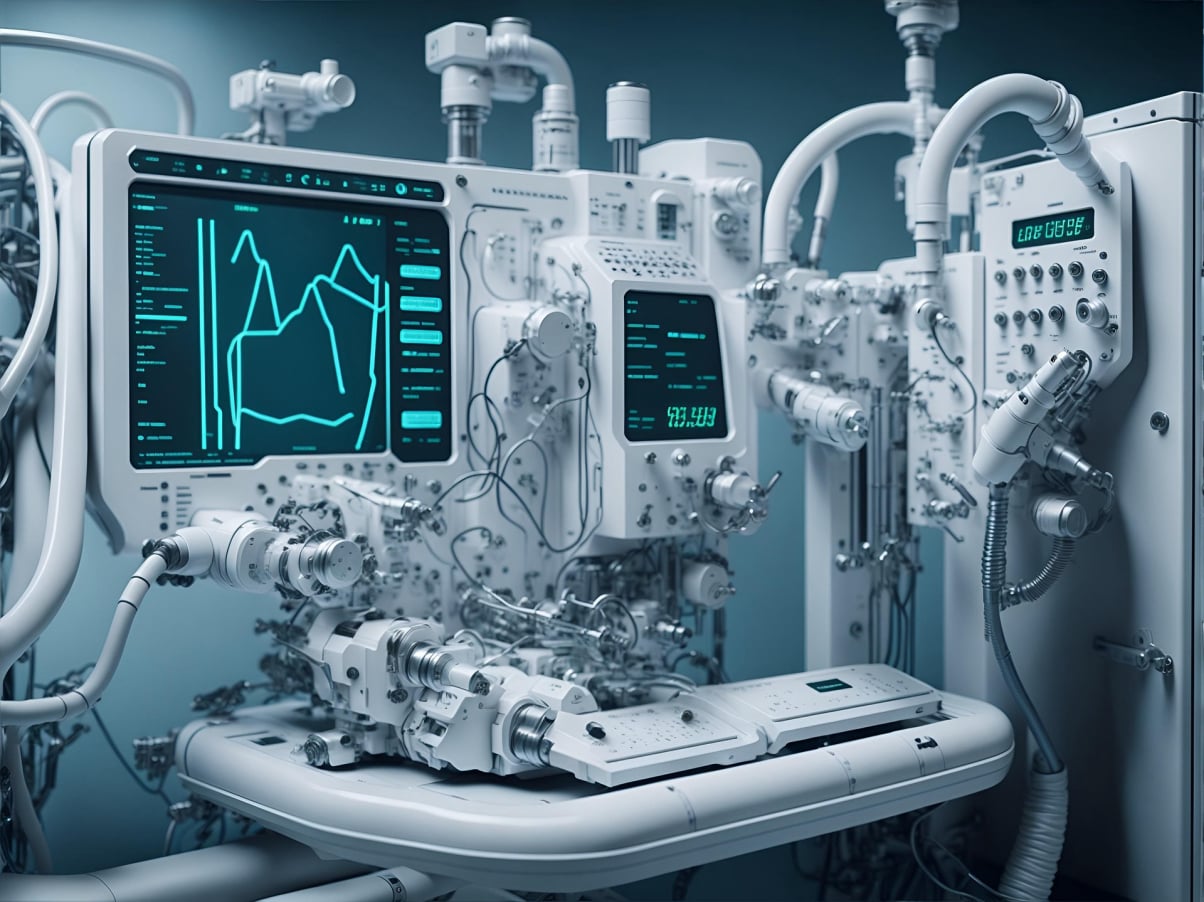
How to Integrate Stainless Steel Cladding into Hospital Design
Modern hospitals demand environments that are not only functional and safe but also hygienic, durable, and easy to maintain. Every material used within a healthcare setting must support infection control, withstand rigorous cleaning, and comply with strict hygiene regulations.
Among the many construction materials available, stainless steel cladding has emerged as one of the most reliable solutions for healthcare and hospital design. Its combination of hygiene, durability, and aesthetic appeal makes it a perfect choice for clinical areas, operating theatres, laboratories, and public spaces alike.
This article explores how to effectively integrate stainless steel cladding into hospital design — from planning and specification to installation and maintenance.
1. Understanding the Role of Stainless Steel in Healthcare Environments
Hospitals operate under strict hygiene and safety standards. Every surface must be non-porous, resistant to bacteria, and easy to disinfect. Stainless steel excels in all these areas, offering an inherently sterile surface that can withstand frequent cleaning and exposure to chemicals without degrading.
Unlike painted or laminated finishes, stainless steel does not chip, absorb moisture, or harbour microbes. Its smooth, reflective surface helps prevent bacterial buildup while contributing to a clean, professional appearance — a key consideration for both patients and staff.
When properly specified and installed, stainless steel cladding plays a vital role in infection prevention and control across various healthcare zones.
2. Identifying Key Areas for Stainless Steel Cladding
Stainless steel cladding can be used throughout a hospital, but it is particularly valuable in areas that experience intensive cleaning, high humidity, or risk of contamination.
Common applications include:
Operating theatres and surgical suites – providing sterile, easy-to-clean wall surfaces.
Clean rooms and laboratories – supporting controlled environments and contamination prevention.
Clinical preparation areas and utility rooms – resisting chemical cleaners and steam sterilisation.
Catering facilities and kitchens – withstanding heat, moisture, and food residue.
Corridors, lifts, and public areas – offering impact-resistant, hygienic finishes that maintain a professional aesthetic.
Using stainless steel in these key zones ensures long-term hygiene compliance and durability, even under the most demanding conditions.
3. Selecting the Right Grade and Finish
For hospital environments, the grade of stainless steel chosen is crucial.
Grade 304 is suitable for general use in most hospital settings, providing excellent corrosion resistance and cleanability.
Grade 316, which includes molybdenum, is ideal for areas exposed to disinfectants, saline solutions, or moisture — such as surgical rooms and wash areas.
In addition, selecting the right surface finish can enhance performance.
A brushed (satin) finish reduces glare and hides fingerprints, making it ideal for wall cladding in high-traffic areas.
A polished finish provides maximum cleanability in sterile zones.
Matching the correct grade and finish ensures both hygiene and visual appeal throughout the facility.
4. Designing for Seamless Integration
To achieve the best results, stainless steel cladding should be integrated into the architectural design from the planning stage. This allows for smooth transitions between wall systems, equipment, and flooring.
Key design considerations include:
Seamless joints and flush-mounted trims to eliminate dirt traps.
Curved or coved junctions where walls meet floors or ceilings to simplify cleaning.
Protective wall panels around high-impact areas such as trolley routes, corridors, and lift entrances.
Custom-fabricated splashbacks and wall sections behind sinks, sterilisation equipment, or clinical workstations.
Incorporating these design elements early ensures a cohesive, hygienic layout that aligns with the facility’s infection control strategy.
5. Installation Best Practices
Proper installation is essential to maintain the hygienic benefits of stainless steel.
Prepare wall surfaces to be clean, dry, and flat.
Use solvent-free adhesive suitable for metal panels or mechanical fixings with stainless steel screws.
Seal all joints and edges with food-safe, medical-grade silicone sealant to create watertight surfaces.
Trims, corners, and edges should be smooth and fully sealed to prevent bacteria from collecting. In high-moisture areas, installers should use grade 316 fixings to match the panel specification.
6. Maintenance for Ongoing Hygiene Compliance
Although stainless steel requires minimal upkeep, regular cleaning and inspection are vital to preserve hygiene standards. Use non-abrasive cleaning agents and avoid chlorine-based solutions that can damage the surface.
Clean with warm water and mild detergent, then rinse and dry thoroughly. Wiping in the direction of the grain helps maintain a smooth, uniform appearance.
Regular inspections should include checking sealant joints, trims, and edges for wear or damage. Re-sealing when necessary ensures long-term compliance with NHS and HTM (Health Technical Memoranda) standards for cleanliness.
7. Balancing Functionality and Aesthetics
While hygiene and safety are top priorities, stainless steel also contributes to a modern, high-quality aesthetic within healthcare facilities. Its clean, reflective finish brightens spaces and complements glass, ceramic, and composite materials often used in hospital interiors.
For public areas such as reception zones, lifts, and corridors, stainless steel cladding delivers both durability and visual sophistication, helping hospitals maintain a professional and welcoming appearance.
Conclusion
Integrating stainless steel cladding into hospital design is a practical and forward-thinking choice. It delivers exceptional hygiene performance, durability, and design flexibility — key attributes for modern healthcare environments.
By selecting the right grade, designing for seamless integration, and maintaining regular cleaning routines, hospitals can achieve long-term infection control, compliance, and aesthetic quality.
Whether used in sterile areas or high-traffic public spaces, stainless steel cladding provides a clean, safe, and enduring solution that supports both patient wellbeing and operational efficiency.
